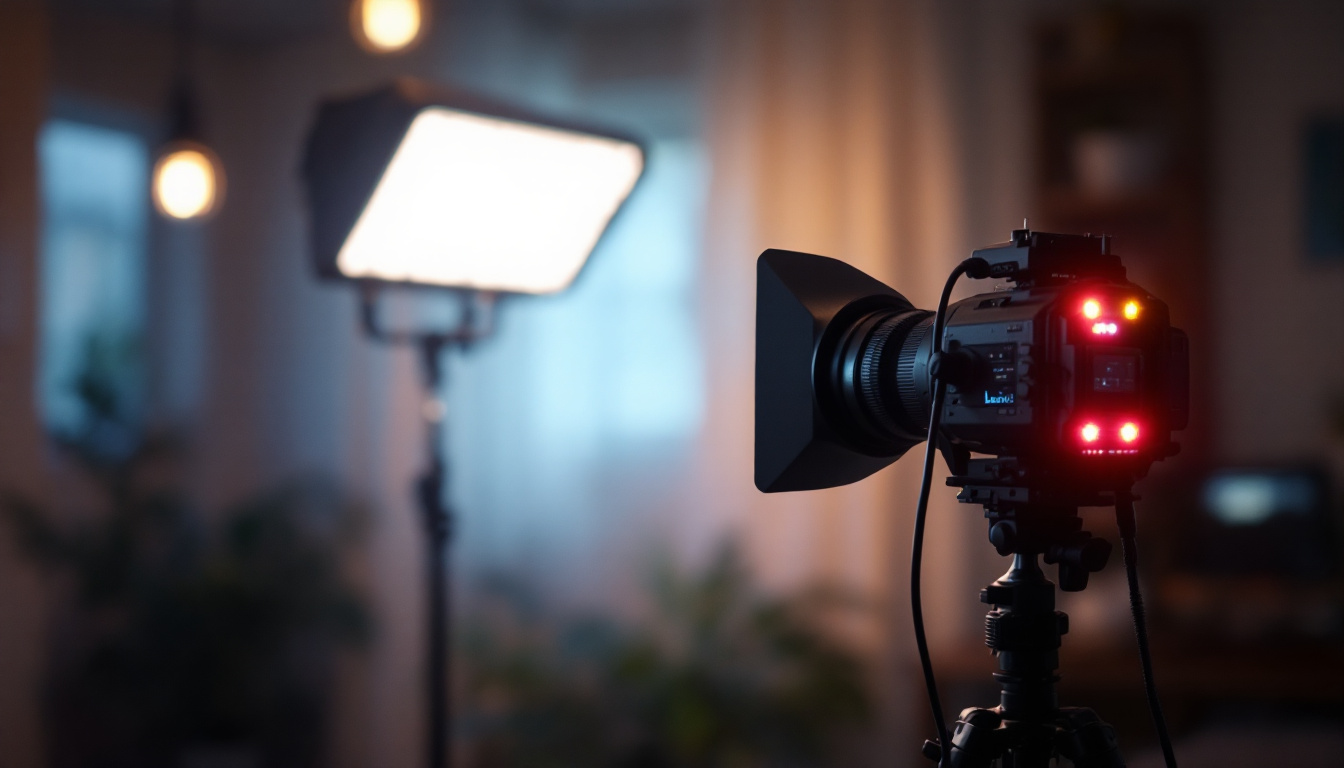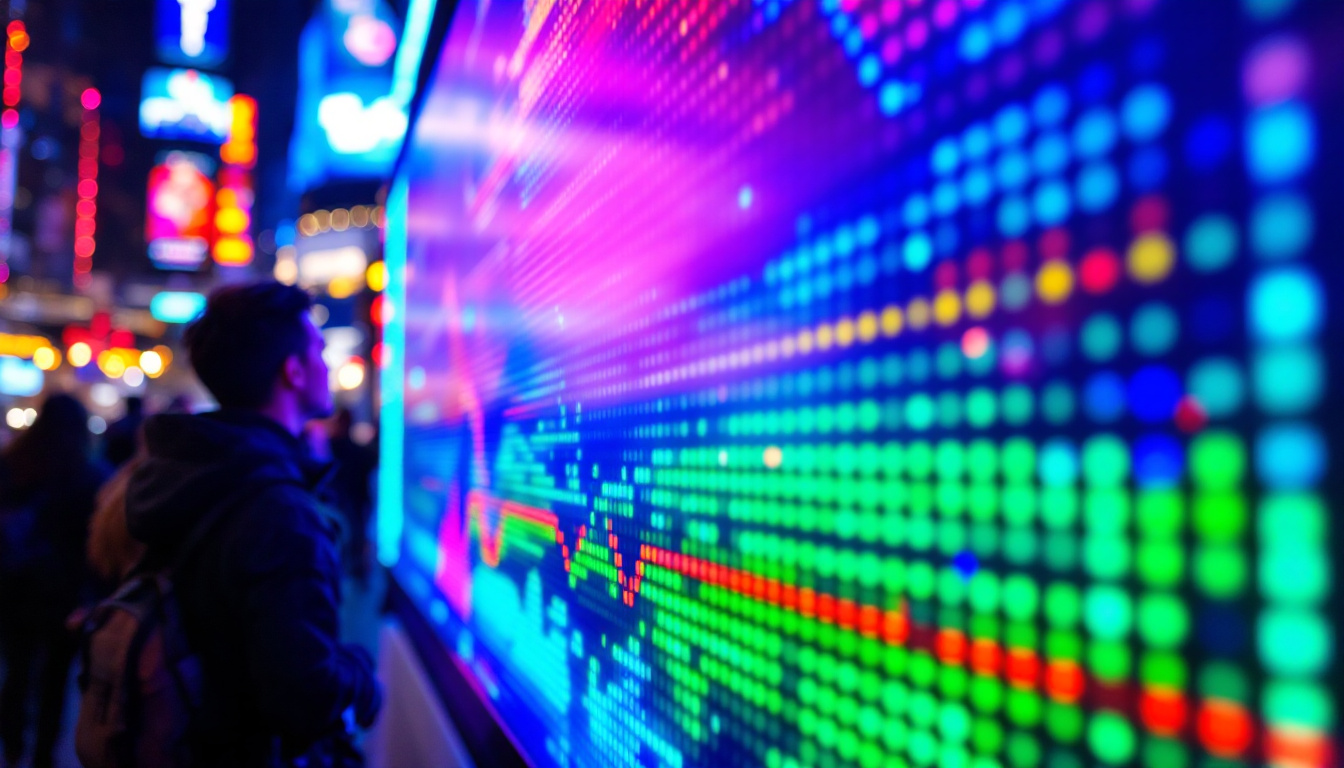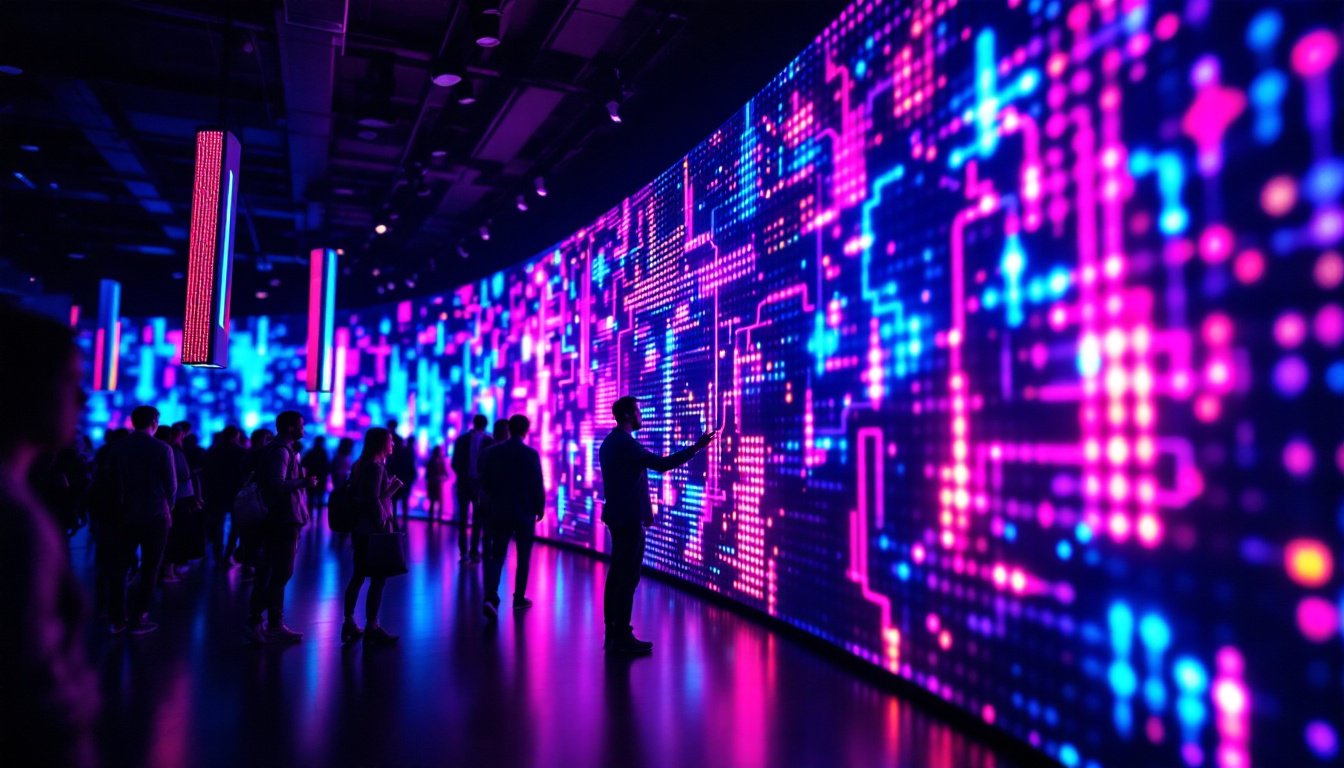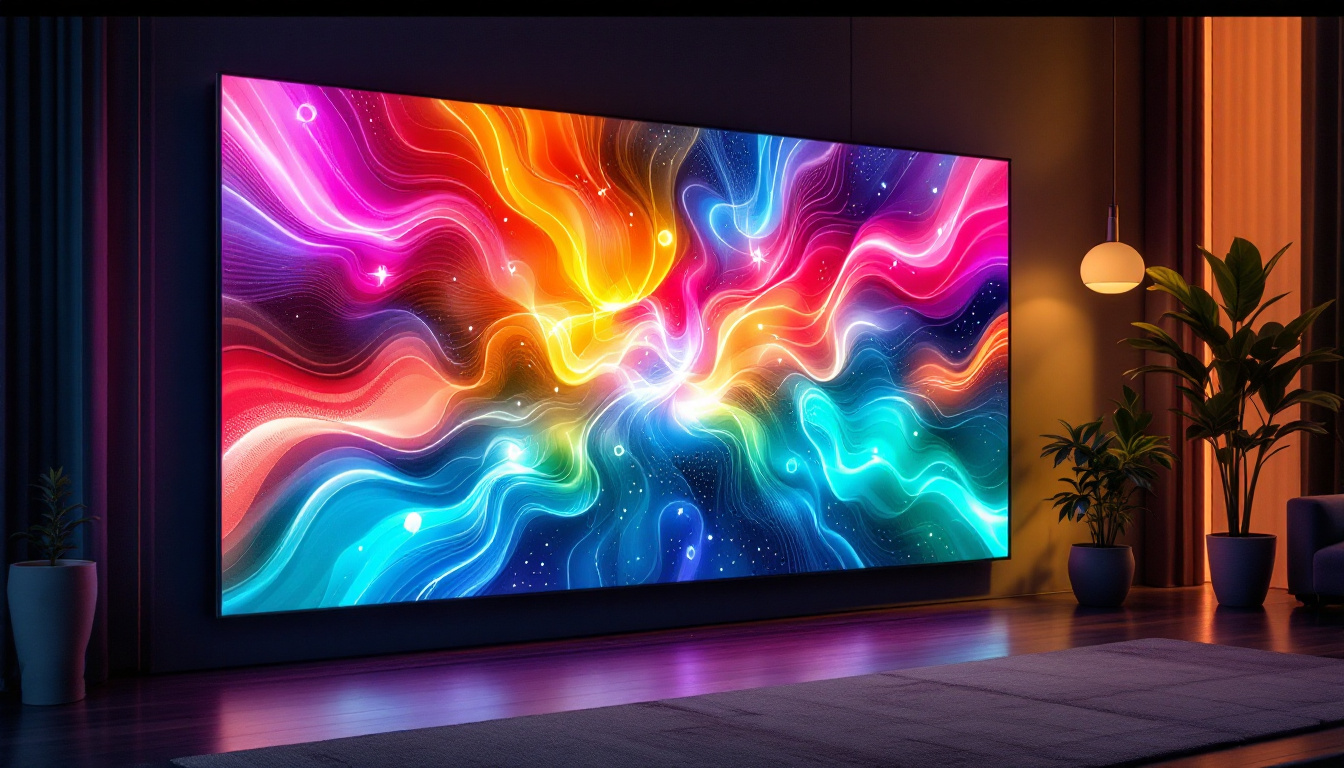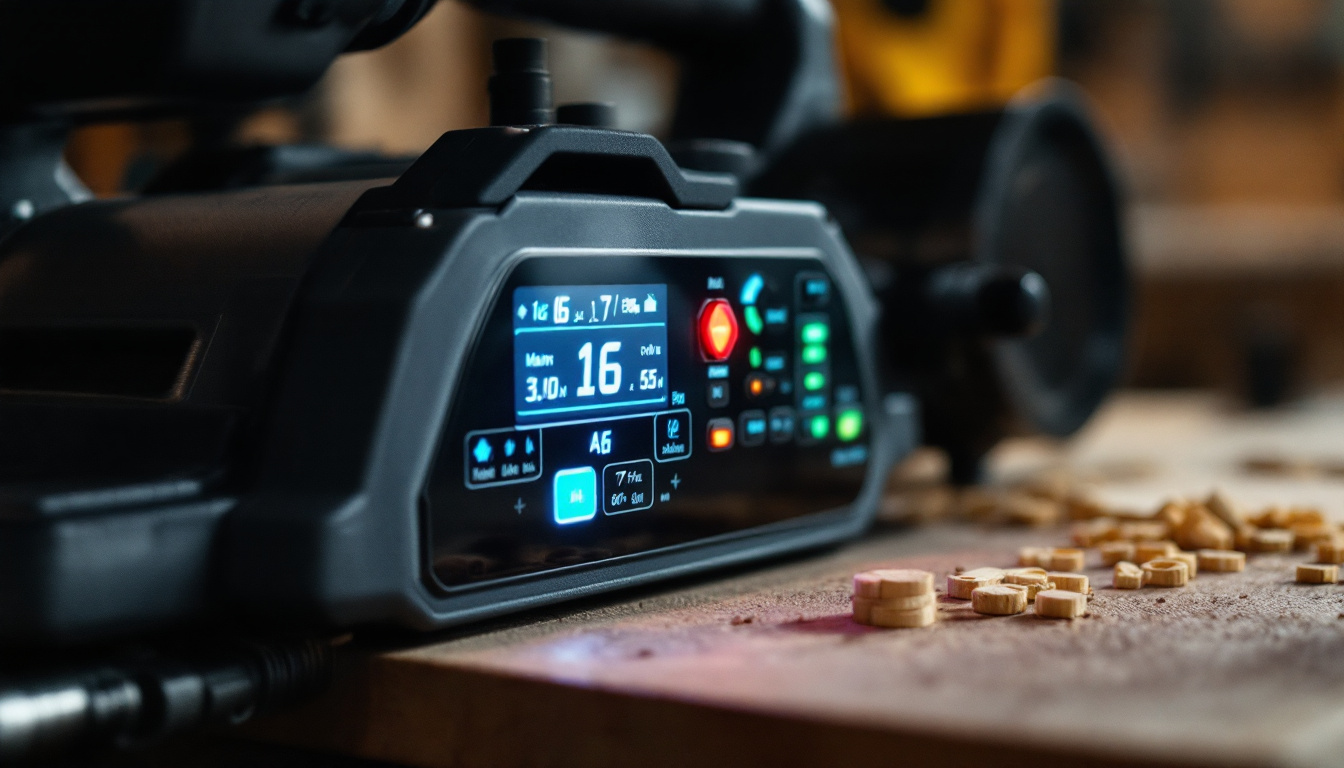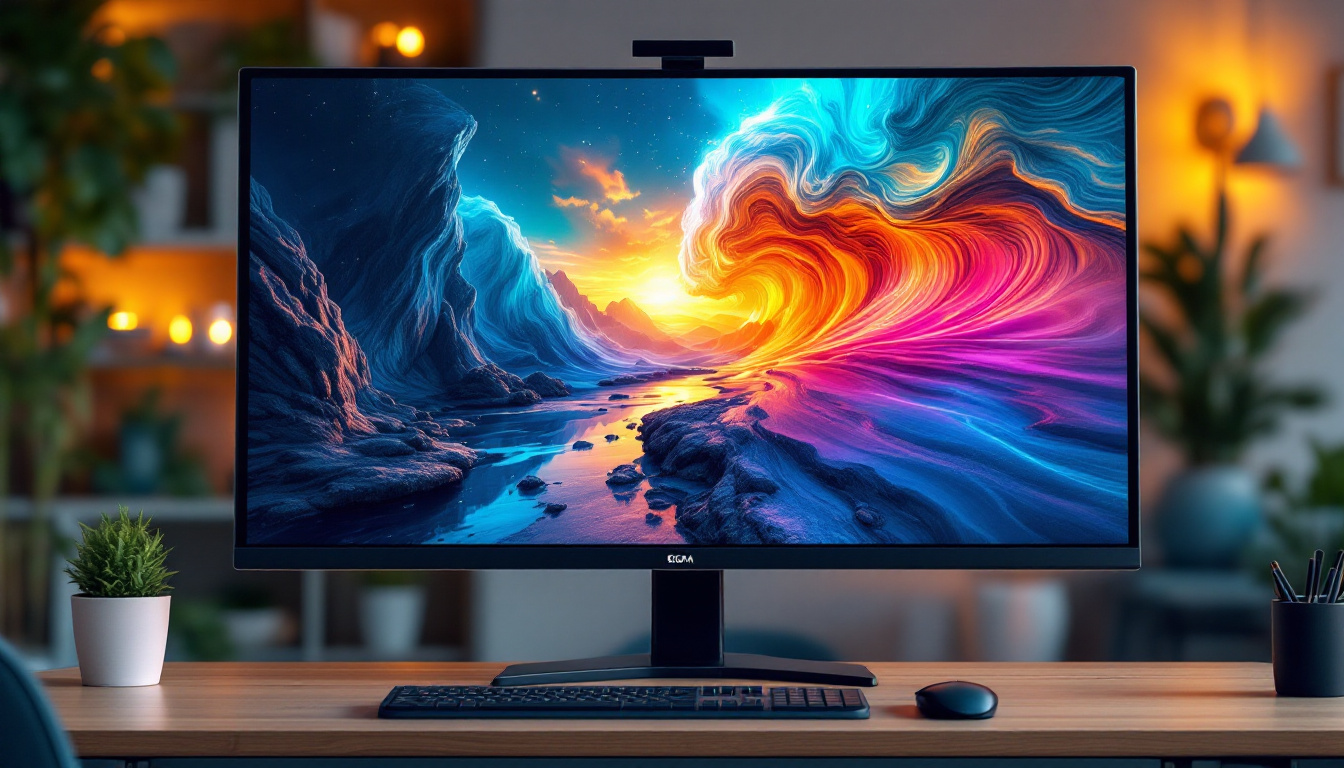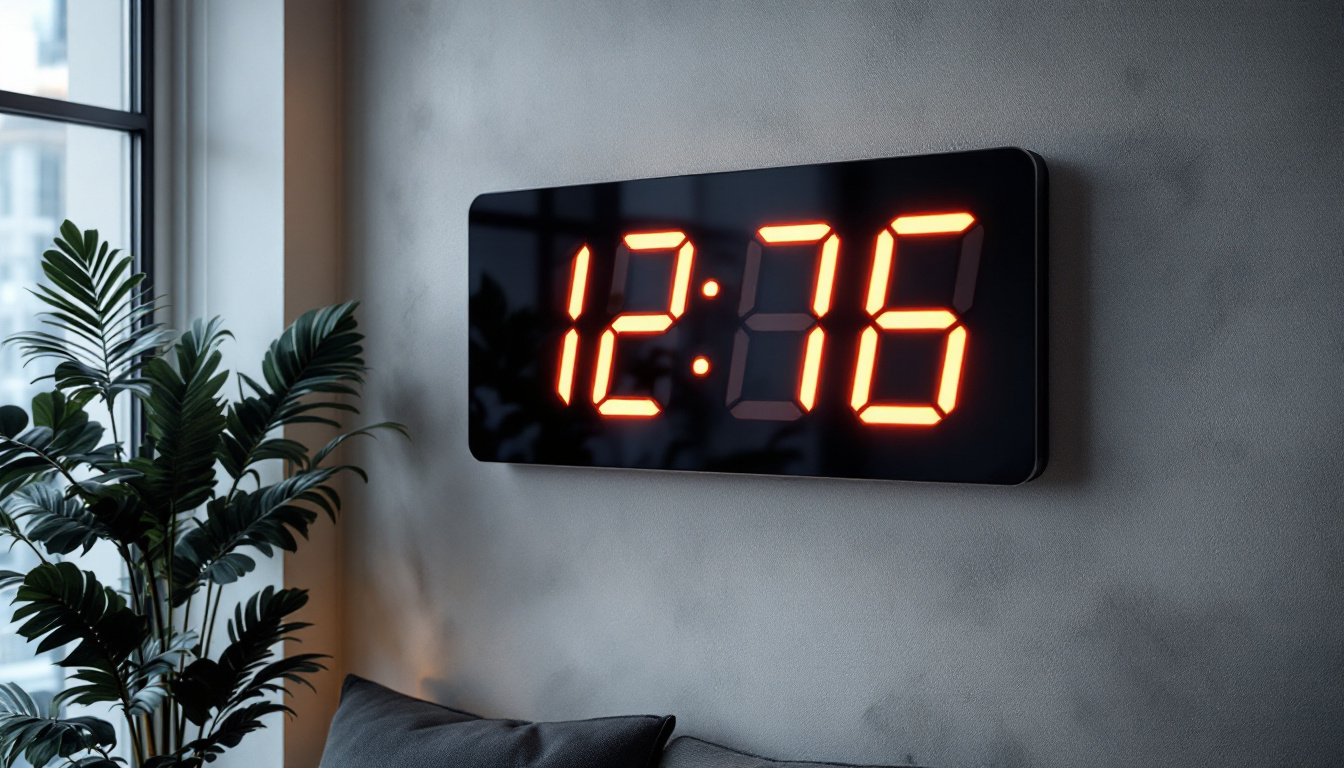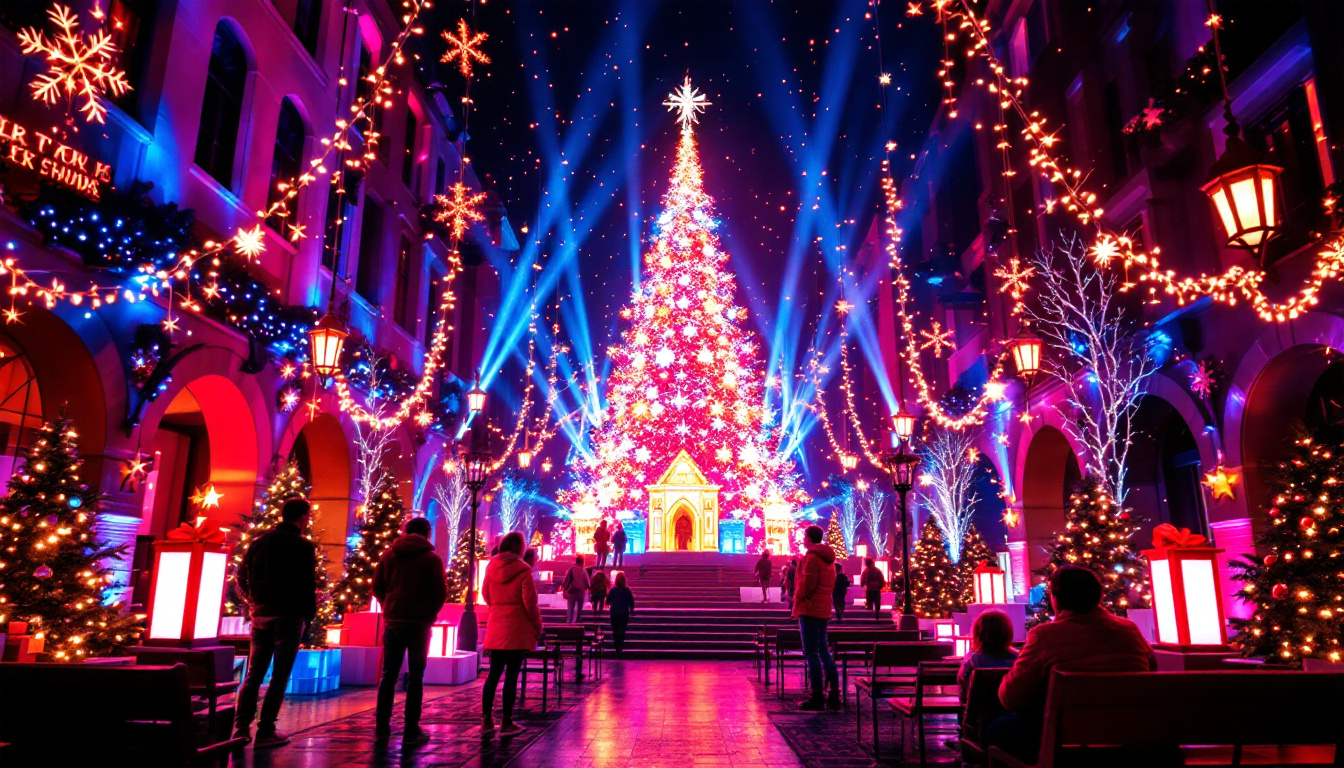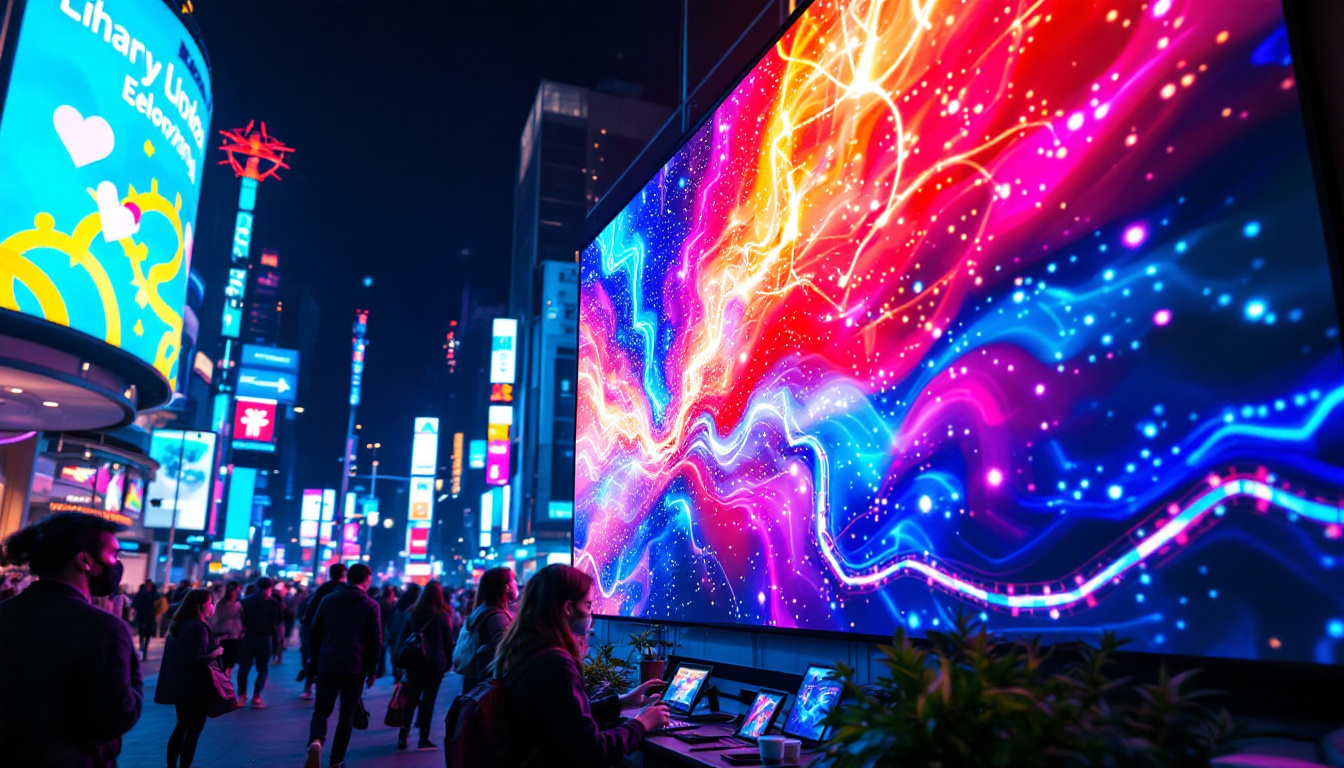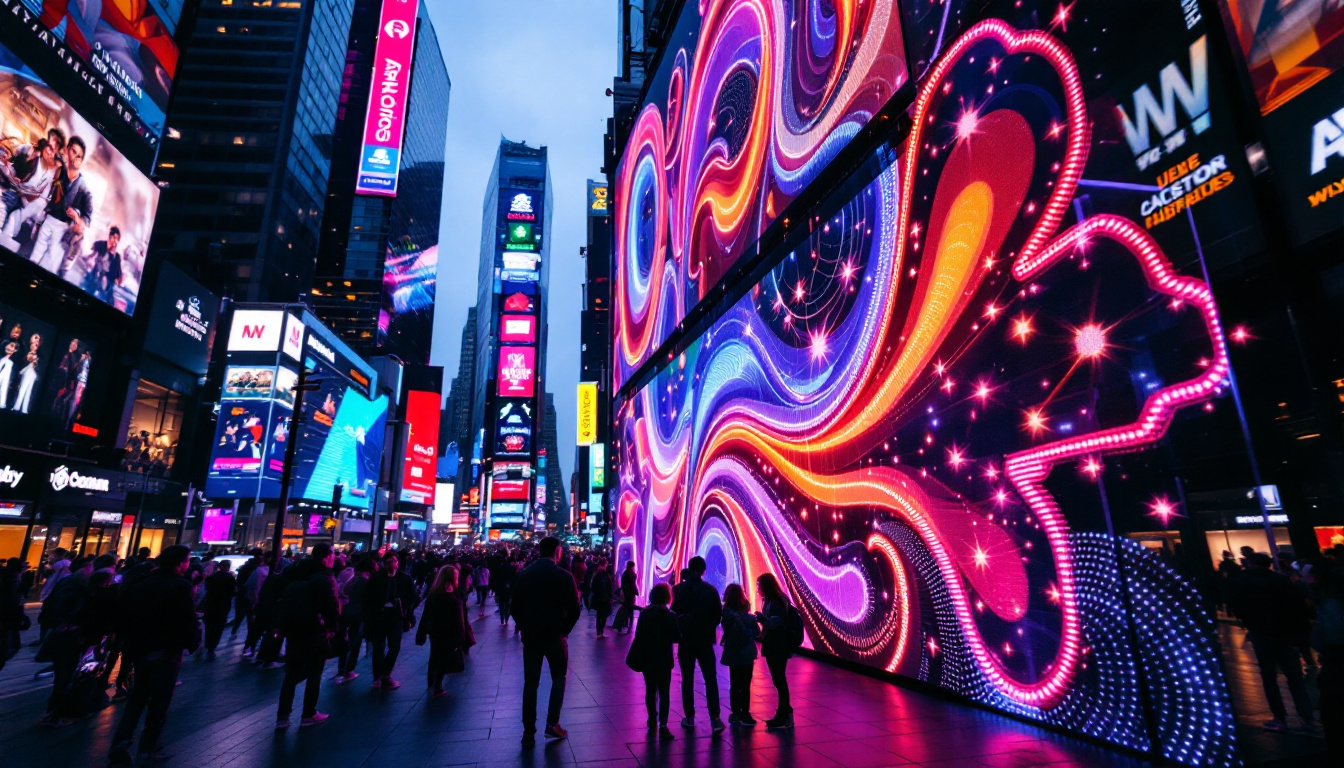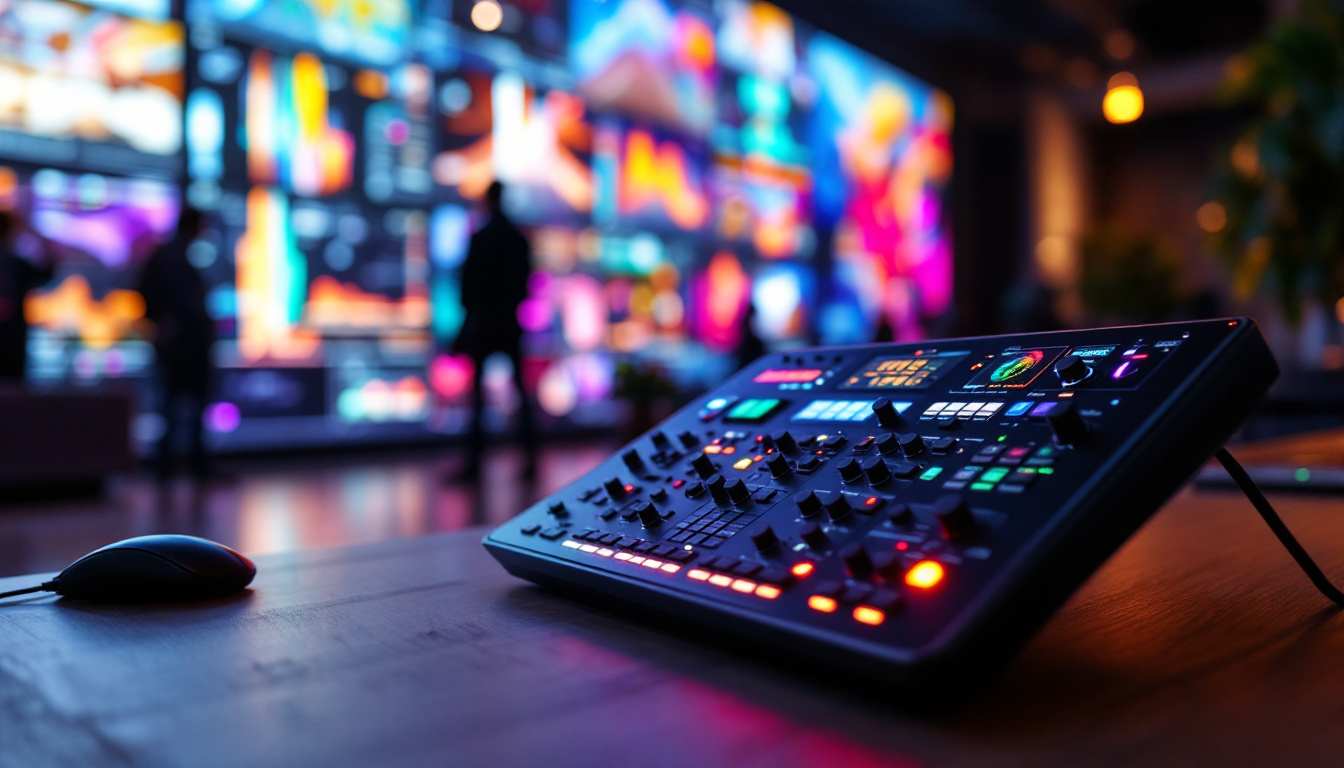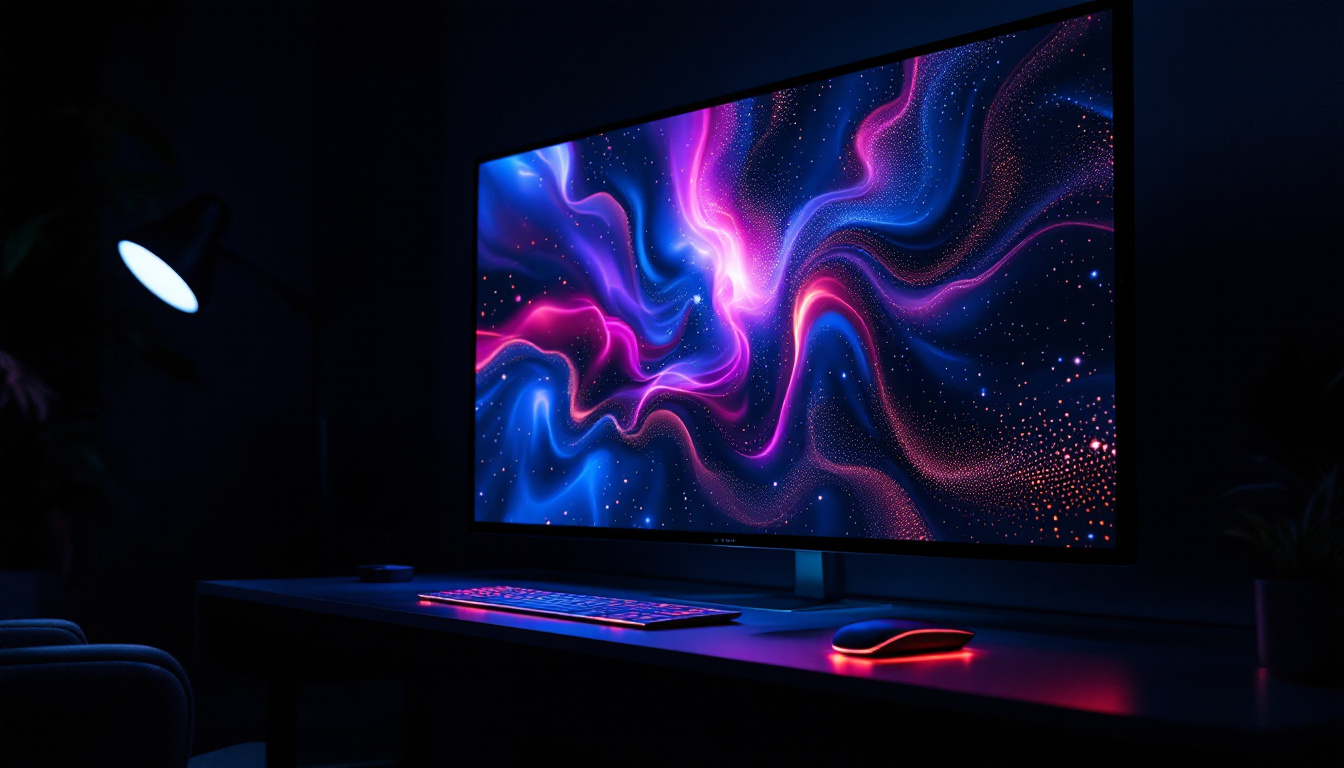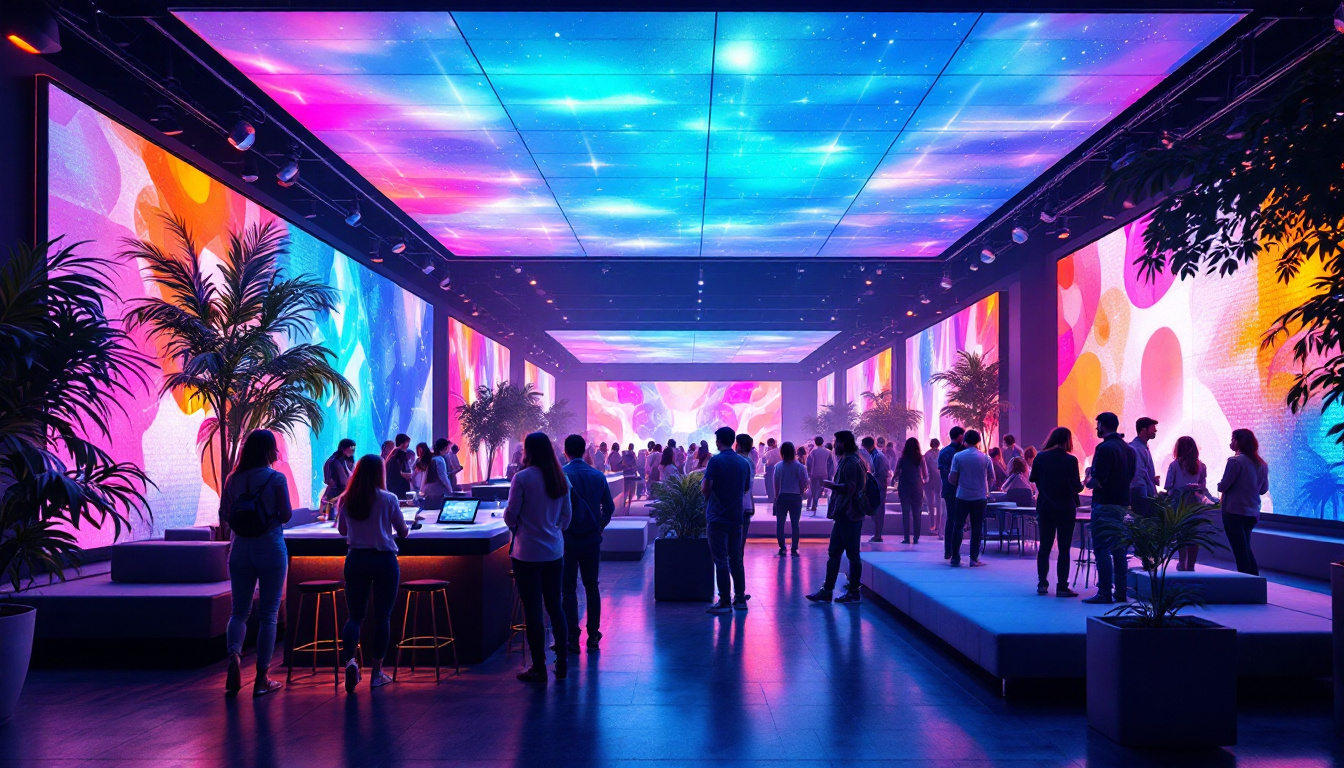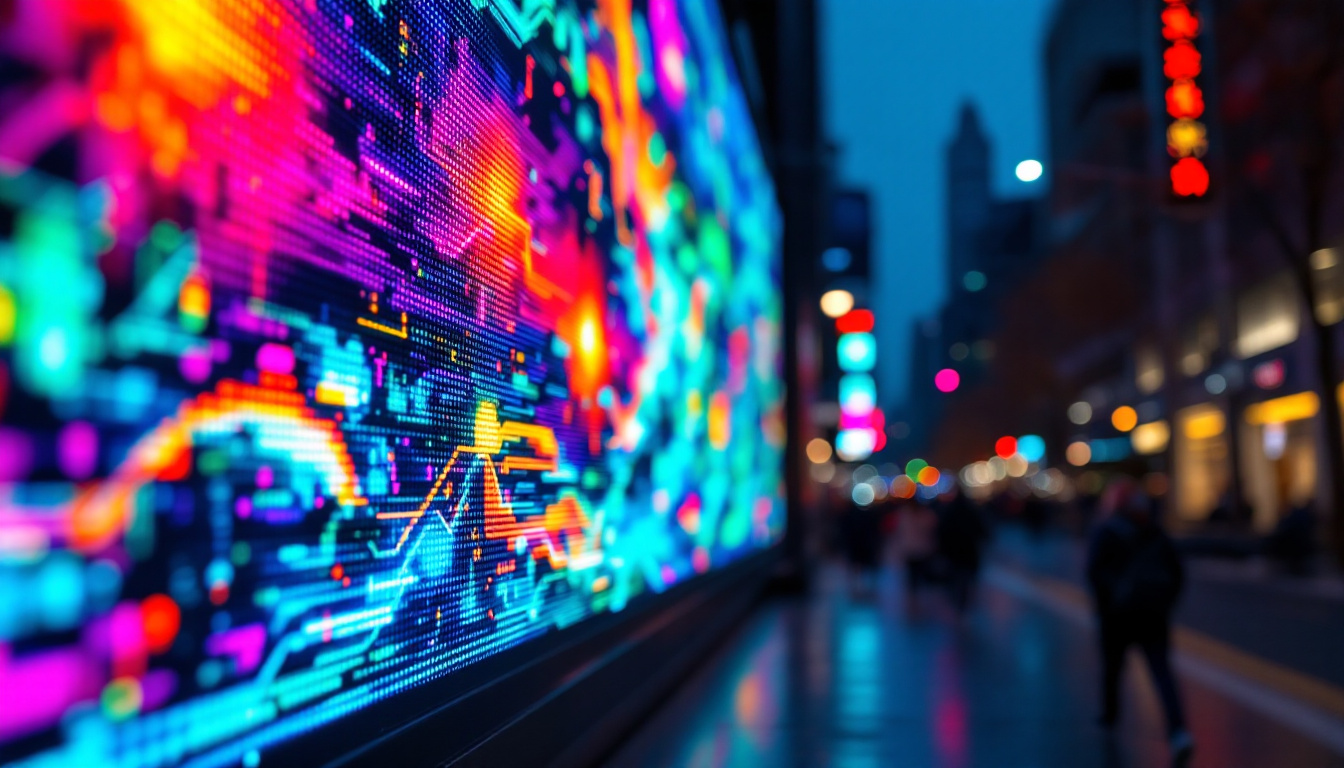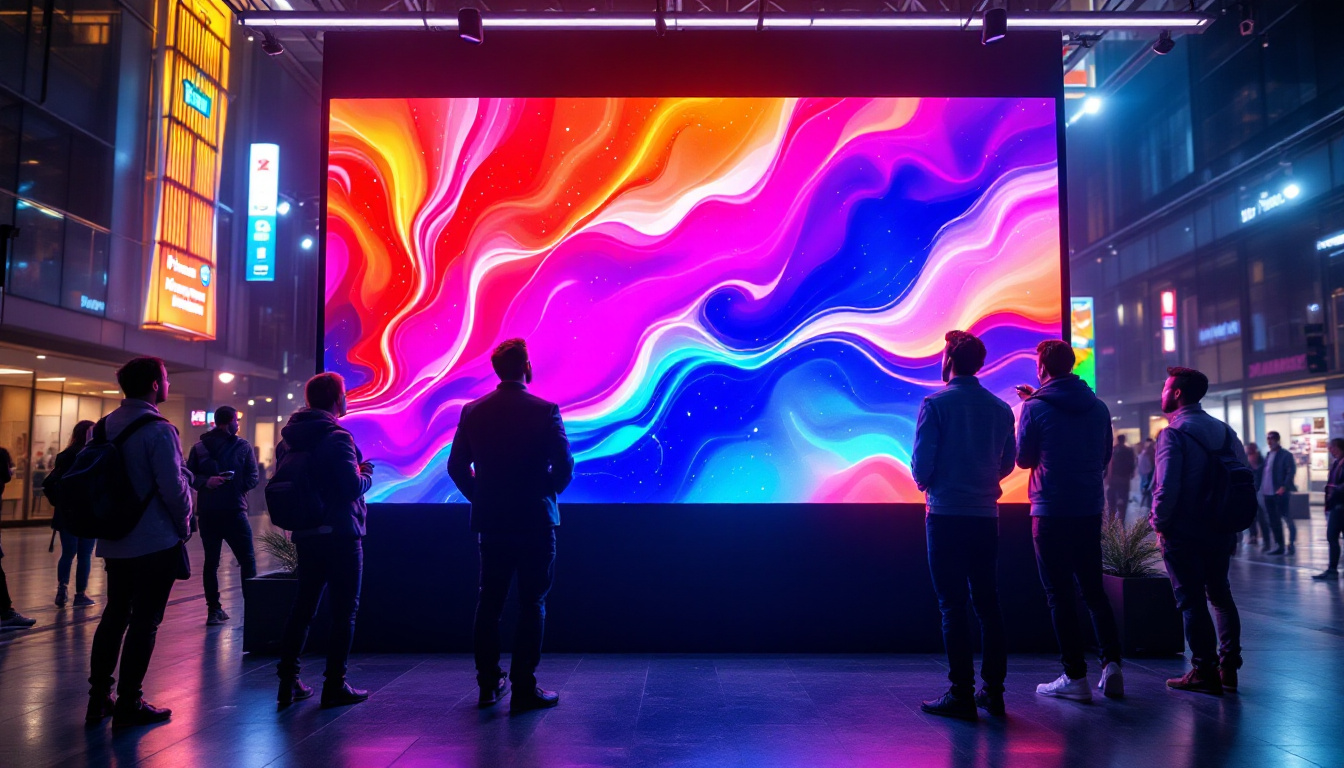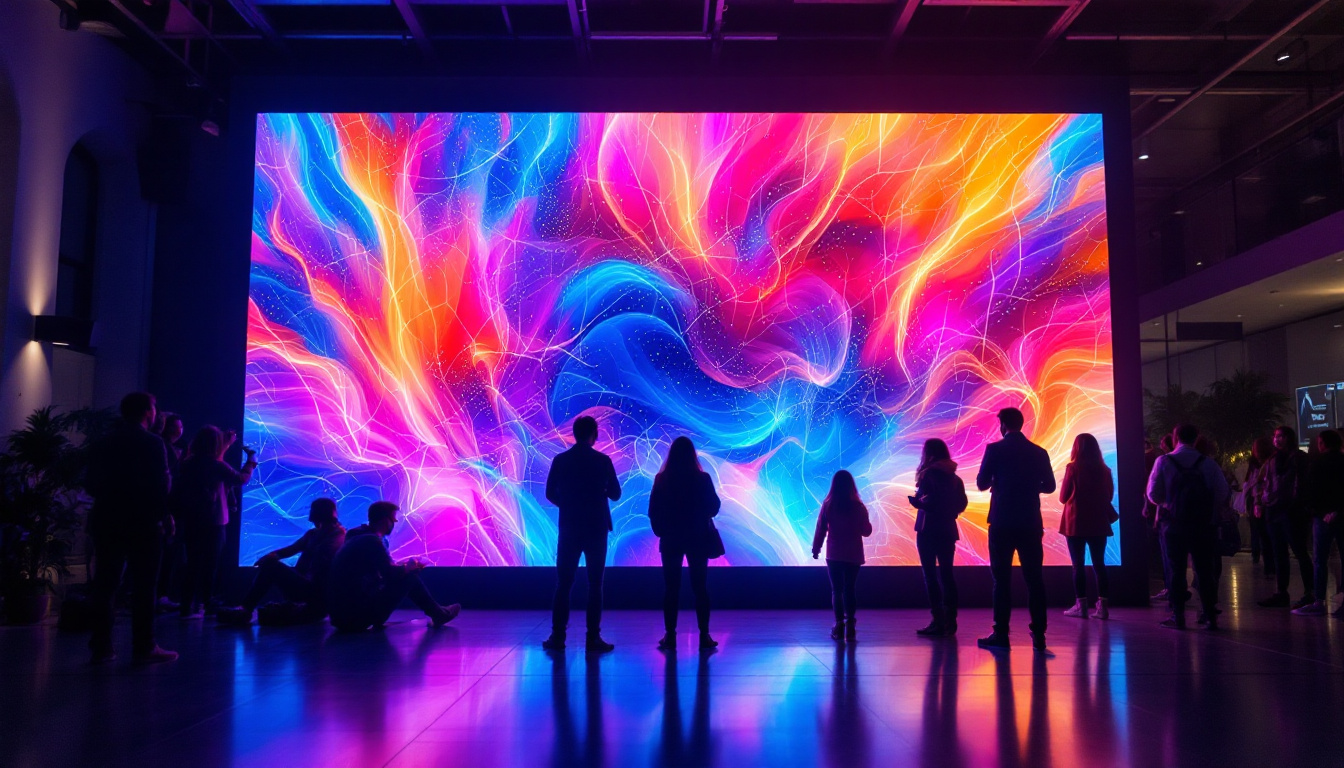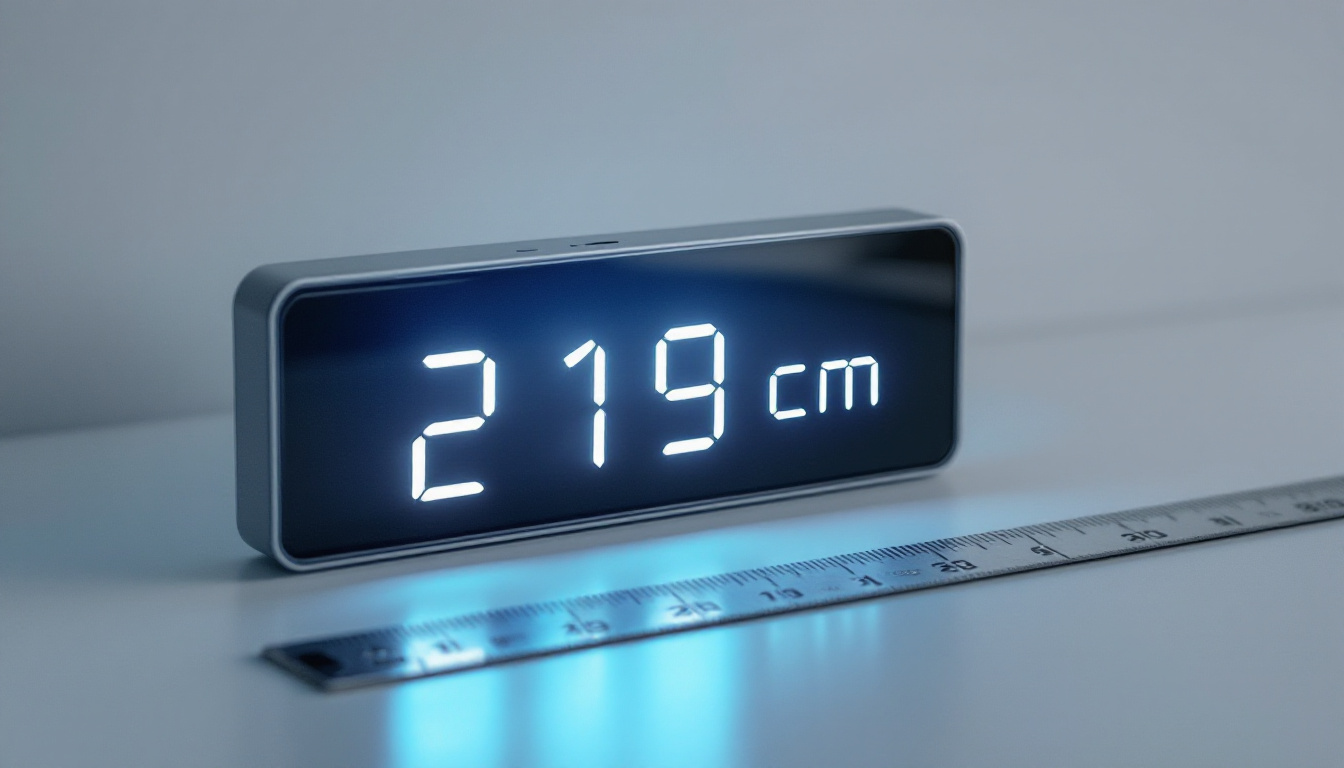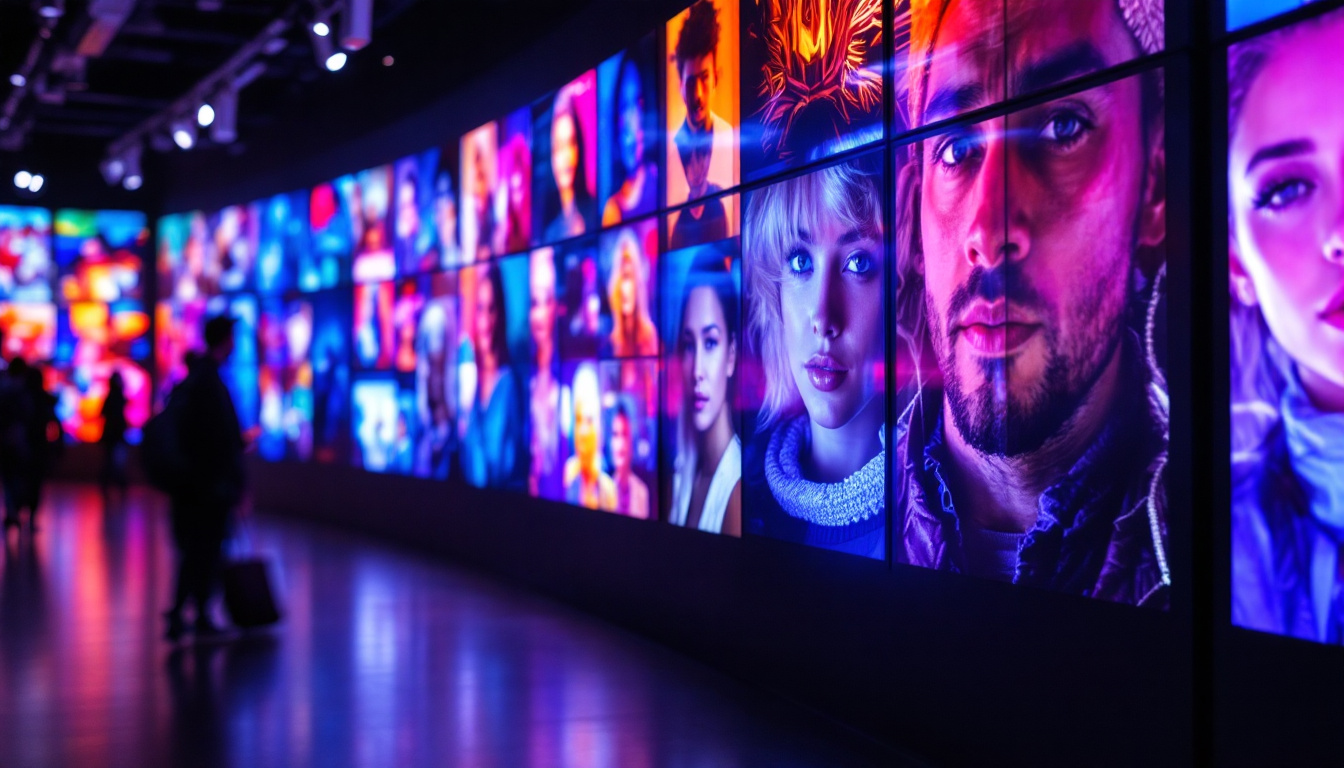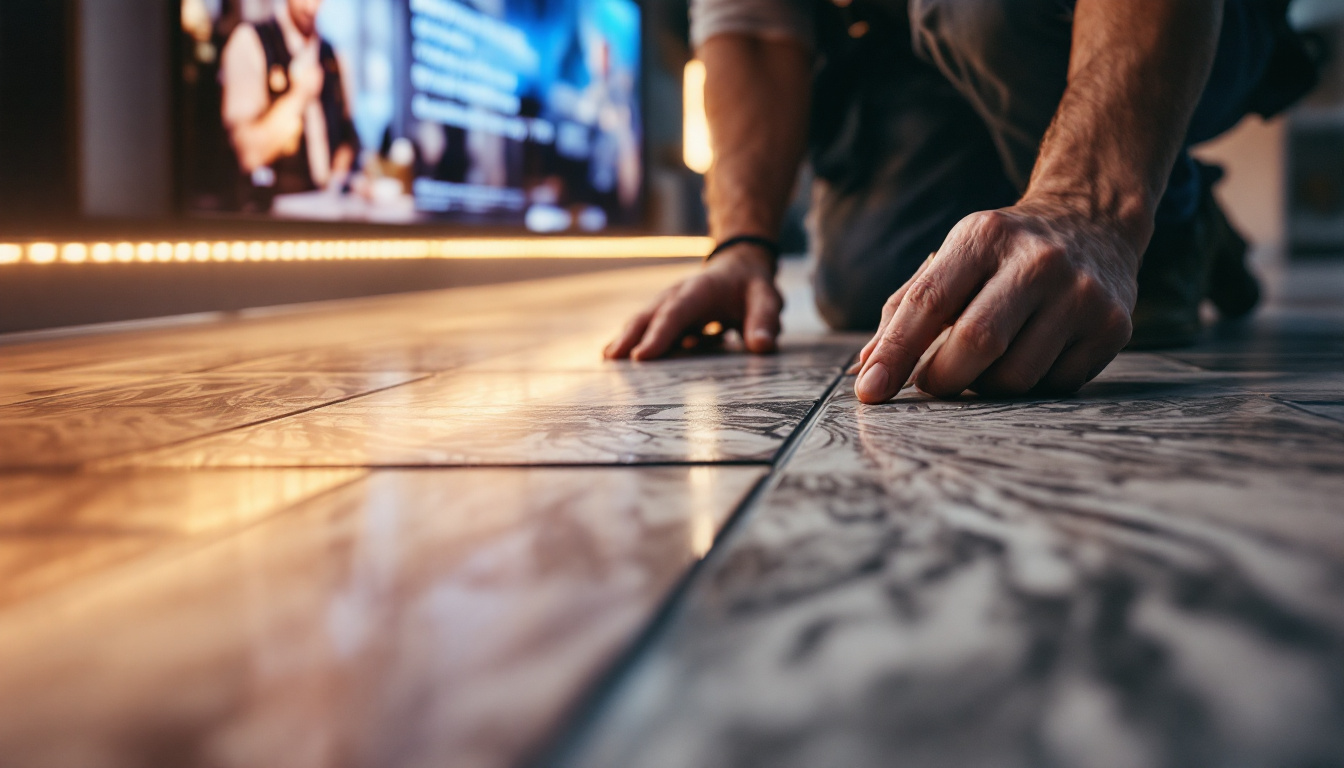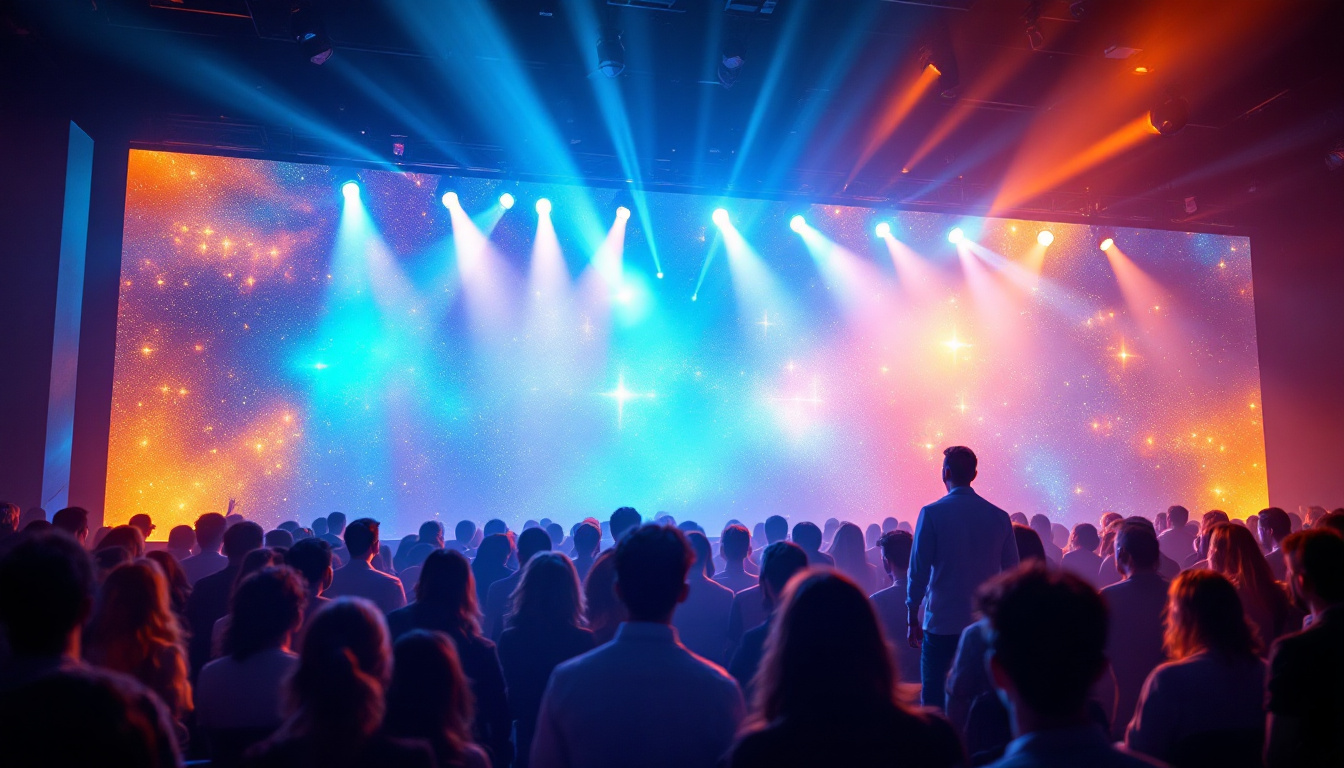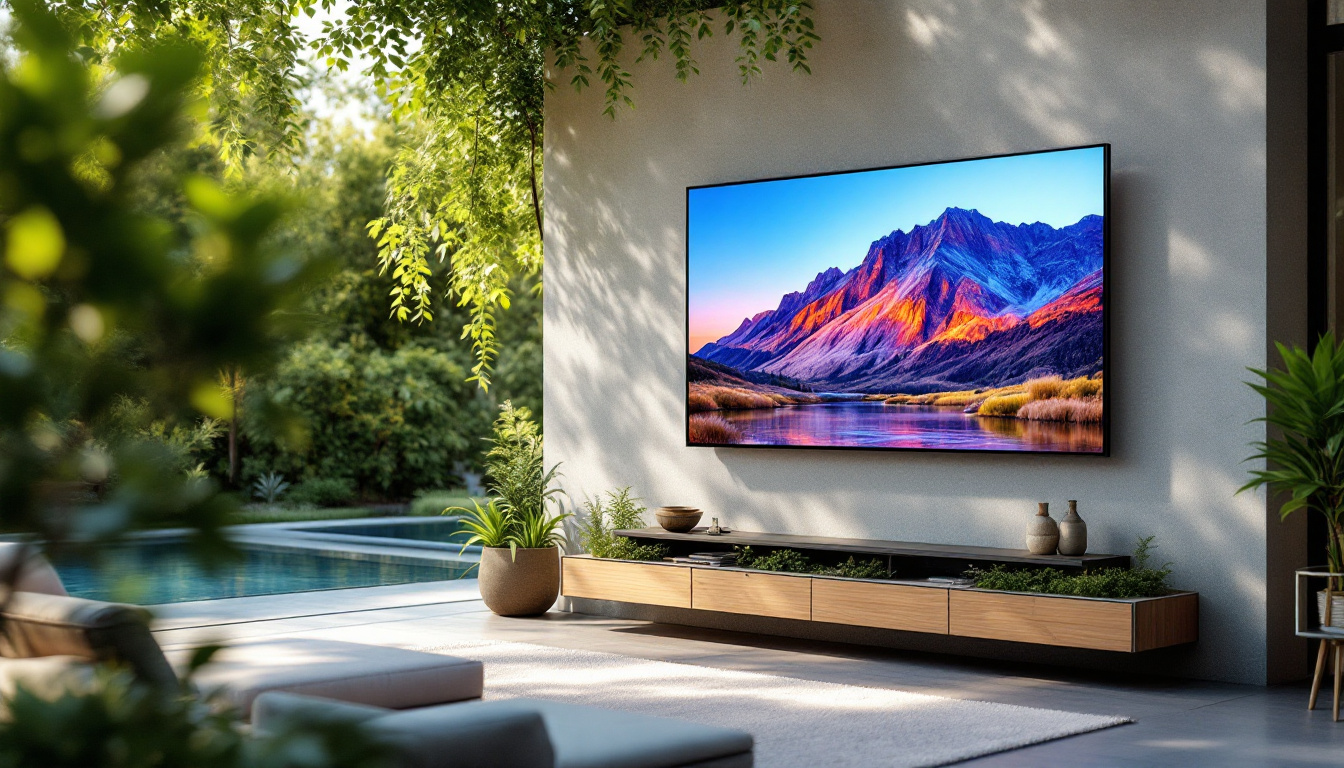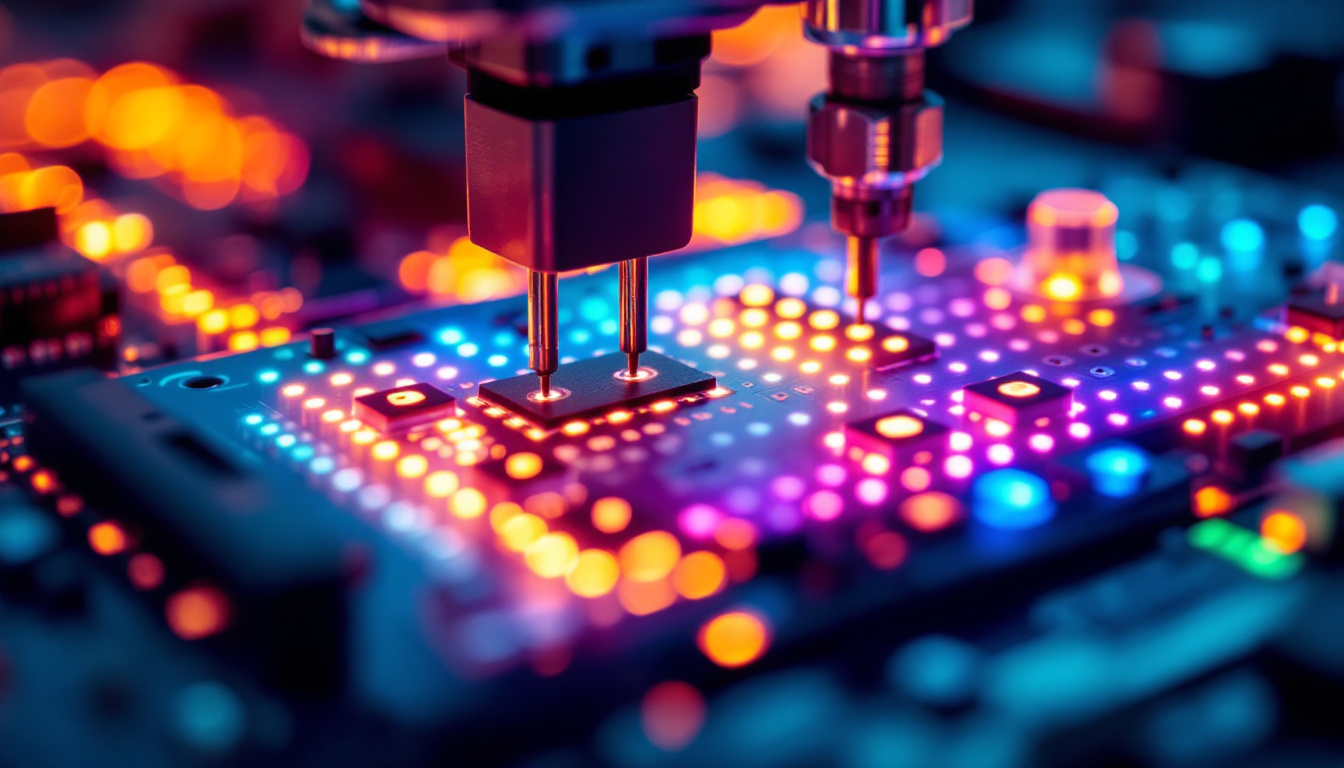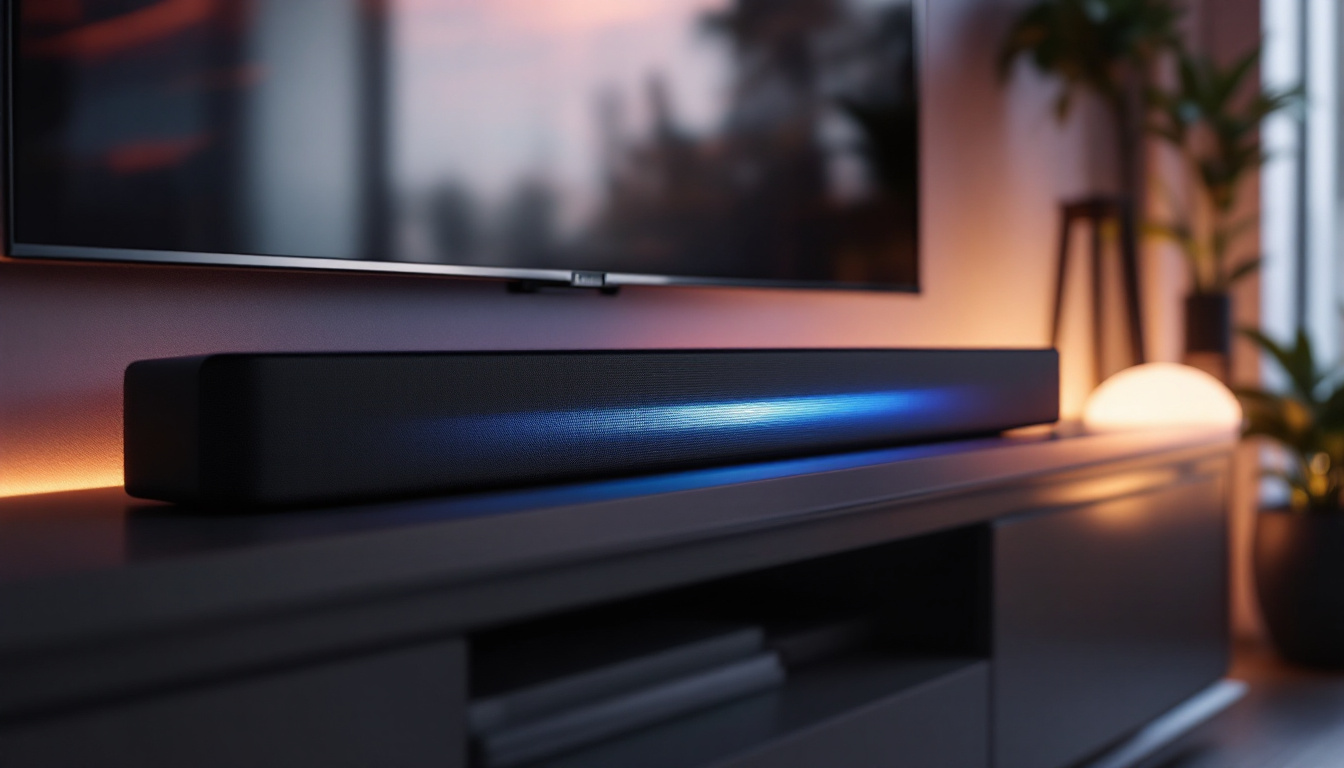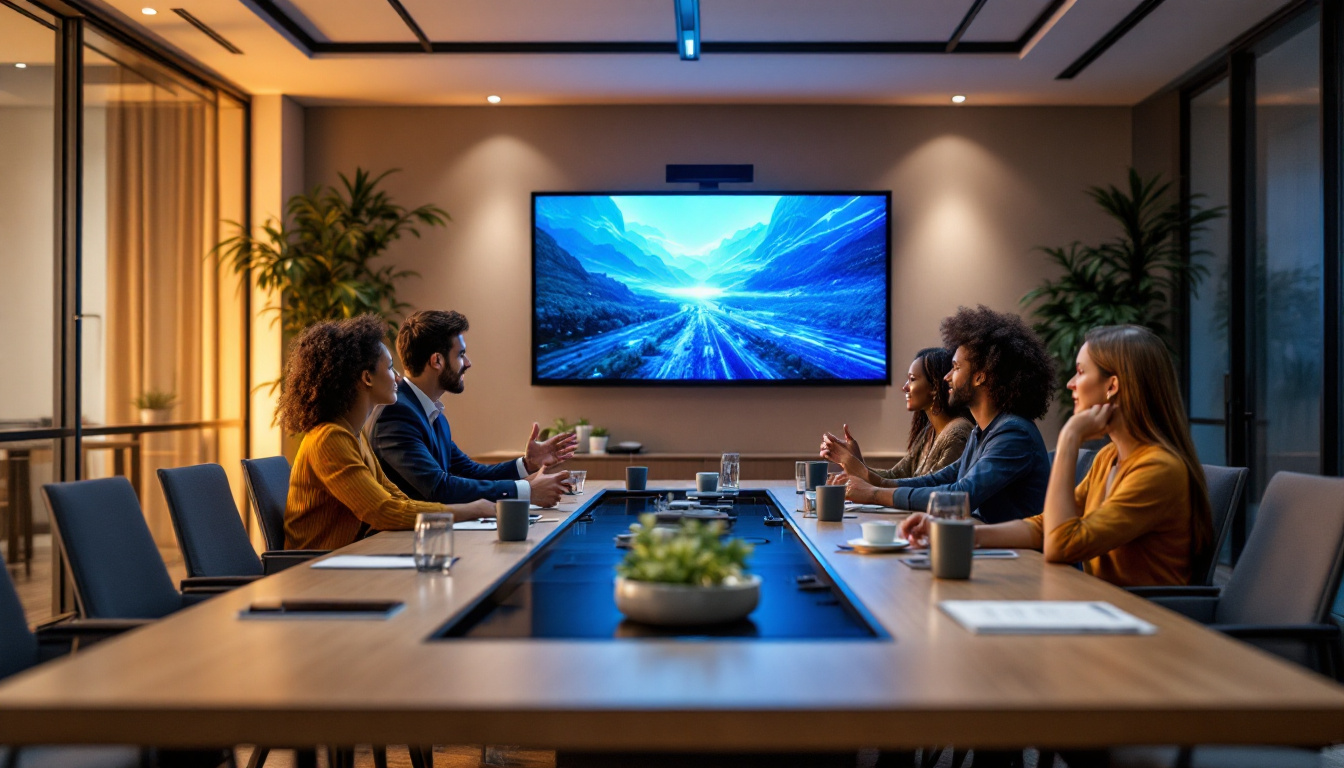In the world of video production, lighting plays a crucial role in achieving high-quality visuals. One of the most significant advancements in lighting technology is the development of LED displays. These lights offer numerous advantages over traditional lighting solutions, making them a popular choice among professionals. This article delves into the intricacies of professional video lights, particularly focusing on LED technology and its applications in the industry.
Understanding LED Technology
Light Emitting Diodes (LEDs) have transformed the way lighting is utilized in various fields, including video production. Unlike conventional incandescent bulbs, LEDs are semiconductor devices that emit light when an electric current passes through them. This fundamental difference in technology leads to several benefits that are particularly advantageous for video lighting.
Energy Efficiency
One of the most notable features of LED lights is their energy efficiency. LEDs consume significantly less power than traditional lighting options, which translates to lower electricity bills and reduced environmental impact. This efficiency is especially beneficial during long shooting sessions, where lighting can be a substantial part of the overall energy consumption. Furthermore, the ability to dim LEDs without losing color quality allows filmmakers to achieve the desired lighting effects while maintaining energy savings, making them an ideal choice for both indoor and outdoor shoots.
Longevity and Durability
LED lights have a much longer lifespan compared to traditional bulbs. While incandescent bulbs may last around 1,000 hours, LEDs can last up to 25,000 hours or more. This longevity not only reduces the frequency of replacements but also minimizes waste, making LEDs a more sustainable choice for video production. Additionally, the rugged construction of LED fixtures means they are less prone to breakage, which is particularly advantageous in dynamic shooting environments where equipment is frequently moved or adjusted. This durability ensures that filmmakers can rely on their lighting setups without the constant worry of equipment failure.
Heat Management
Another advantage of LED technology is its low heat output. Traditional lighting can generate significant heat, which can be uncomfortable for both the crew and the equipment. In contrast, LED lights remain relatively cool, allowing for longer shooting times without the risk of overheating. This characteristic is particularly important in confined spaces or during extended filming sessions. Moreover, the reduced heat output also means that less energy is wasted, further enhancing the overall efficiency of the lighting setup. In scenarios where multiple lights are used, such as in green screen productions, the cooler temperatures help maintain a comfortable working environment and reduce the need for additional cooling equipment, streamlining the production process.
Types of LED Video Lights
LED video lights come in various types, each designed to meet specific needs in video production. Understanding these different types can help professionals make informed decisions about their lighting setups.
Panel Lights
Panel lights are among the most common types of LED lights used in video production. They consist of a flat panel that emits light evenly across a wide area. This design makes them ideal for key lighting, fill lighting, or even as background lights. Panel lights are often adjustable, allowing users to modify brightness and color temperature to achieve the desired look. Additionally, many panel lights are lightweight and portable, making them perfect for on-the-go shoots or situations where space is limited. Their slim profile can also be easily mounted on light stands or attached to camera rigs, providing flexibility in various shooting environments.
Fresnel Lights
Fresnel lights are another popular choice, particularly for their ability to focus and control the light beam. These lights use a lens that allows for precise adjustments, making them suitable for creating dramatic lighting effects or highlighting specific subjects. The versatility of Fresnel lights makes them a staple in both studio and location shoots. Furthermore, they often come with barn doors that help shape the light and reduce spill, allowing for even greater control over the lighting setup. Whether used for interviews, dramatic scenes, or product showcases, Fresnel lights can create a professional look that elevates the overall production quality.
Light Bars and Strips
Light bars and strips offer unique lighting solutions for creative projects. These flexible lighting options can be mounted in various configurations, providing a wide range of lighting effects. They are particularly useful for accent lighting or for adding color to a scene, allowing videographers to explore innovative visual styles. Many light bars and strips also come with built-in color-changing capabilities, enabling users to create dynamic lighting sequences that can enhance storytelling. Their adaptability makes them ideal for both static and moving shots, as they can be easily repositioned or adjusted to fit the desired aesthetic. Additionally, the ability to daisy-chain multiple units together allows for expansive lighting setups that can transform an entire environment, making them a favorite among creative professionals looking to push the boundaries of traditional lighting techniques.
Benefits of Using LED Video Lights
The advantages of LED video lights extend beyond their technical specifications. They offer practical benefits that can enhance the overall production process.
Cost-Effectiveness
While the initial investment in LED lights may be higher than traditional lighting, the long-term savings are significant. Reduced energy consumption, lower maintenance costs, and longer lifespans contribute to a more cost-effective lighting solution. For production companies, this means more budget flexibility for other critical aspects of filmmaking.
Versatility in Application
LED lights are incredibly versatile, making them suitable for a wide range of applications. Whether it’s a documentary, commercial, or feature film, LED lights can adapt to various shooting conditions. Their ability to change color temperature and intensity allows for creative freedom, enabling filmmakers to achieve specific moods and atmospheres.
Portability
Many LED video lights are designed with portability in mind. Lightweight and compact, they can be easily transported to different locations without compromising on performance. This portability is especially beneficial for independent filmmakers and content creators who often work in diverse environments.
Color Temperature and CRI
When selecting LED lights for video production, understanding color temperature and Color Rendering Index (CRI) is essential. These factors significantly impact the quality of the final footage.
Color Temperature
Color temperature, measured in Kelvin (K), refers to the warmth or coolness of the light emitted by a source. For video production, a color temperature range of 3200K (tungsten) to 5600K (daylight) is commonly used. Many LED lights offer adjustable color temperature settings, allowing filmmakers to match the ambient light conditions or create specific effects.
Color Rendering Index (CRI)
The Color Rendering Index (CRI) measures how accurately a light source reproduces colors compared to natural light. A higher CRI indicates better color accuracy, which is crucial for achieving realistic skin tones and vibrant colors in video. Professional LED lights typically have a CRI of 90 or above, ensuring that the colors captured on camera are true to life.
Advanced Features of LED Video Lights
Modern LED video lights often come equipped with advanced features that enhance their usability and functionality. These features can significantly streamline the production process and improve the quality of the output.
DMX Control
DMX control allows for remote operation of multiple lighting fixtures, making it easier to manage complex lighting setups. This feature is particularly useful in larger productions where multiple lights need to be synchronized. With DMX control, adjustments can be made from a distance, minimizing disruptions during shooting.
Wireless Connectivity
Many contemporary LED lights offer wireless connectivity options, enabling users to control lighting settings via mobile apps or remote controls. This convenience allows for quick adjustments without the need to physically access each light, enhancing workflow efficiency on set.
Built-in Effects
Some LED lights come with built-in effects that can simulate various lighting scenarios, such as lightning, fire, or police lights. These effects can add a creative touch to productions, allowing filmmakers to achieve unique visual styles without the need for additional equipment.
Best Practices for Using LED Video Lights
To maximize the benefits of LED video lights, it is essential to follow best practices that ensure optimal results. Proper usage can significantly enhance the quality of the footage captured.
Positioning and Angling
The positioning and angling of lights play a crucial role in achieving the desired lighting effect. Experimenting with different placements can help find the perfect balance between shadows and highlights. It is often beneficial to use softboxes or diffusers to soften the light and reduce harsh shadows, resulting in a more flattering appearance on camera.
Layering Light Sources
Layering multiple light sources can create depth and dimension in a scene. By combining key lights, fill lights, and backlights, filmmakers can produce a more dynamic and visually interesting composition. This technique helps to avoid flat lighting and adds a professional touch to the final product.
Regular Maintenance
Maintaining LED lights is essential for ensuring their longevity and performance. Regularly checking for dust accumulation, ensuring proper storage, and handling lights with care can prevent damage and keep them functioning optimally. Additionally, keeping an eye on the color accuracy and brightness levels can help identify any issues before they affect production.
Conclusion
LED video lights have revolutionized the way lighting is approached in video production. Their energy efficiency, longevity, and versatility make them an indispensable tool for professionals in the industry. By understanding the various types of LED lights, their features, and best practices for usage, filmmakers can harness the full potential of this technology to create stunning visuals.
As the demand for high-quality video content continues to grow, investing in professional LED lighting solutions is not just a trend but a necessity. Embracing this technology will undoubtedly enhance the quality of productions, allowing creators to tell their stories with clarity and impact.
Illuminate Your Productions with LumenMatrix
Ready to elevate your video production with the most advanced LED lighting technology? Look no further than LumenMatrix, a pioneer in crafting immersive LED display modules that take your visual storytelling to the next level. From the versatility of Indoor and Outdoor LED Wall Displays to the innovation of Custom and All-in-One LED solutions, LumenMatrix is committed to enhancing your brand’s presence and audience engagement. Experience the transformative power of LED displays and join the revolution in visual communication. Check out LumenMatrix LED Display Solutions today and bring your creative vision to life with unparalleled clarity and impact.

